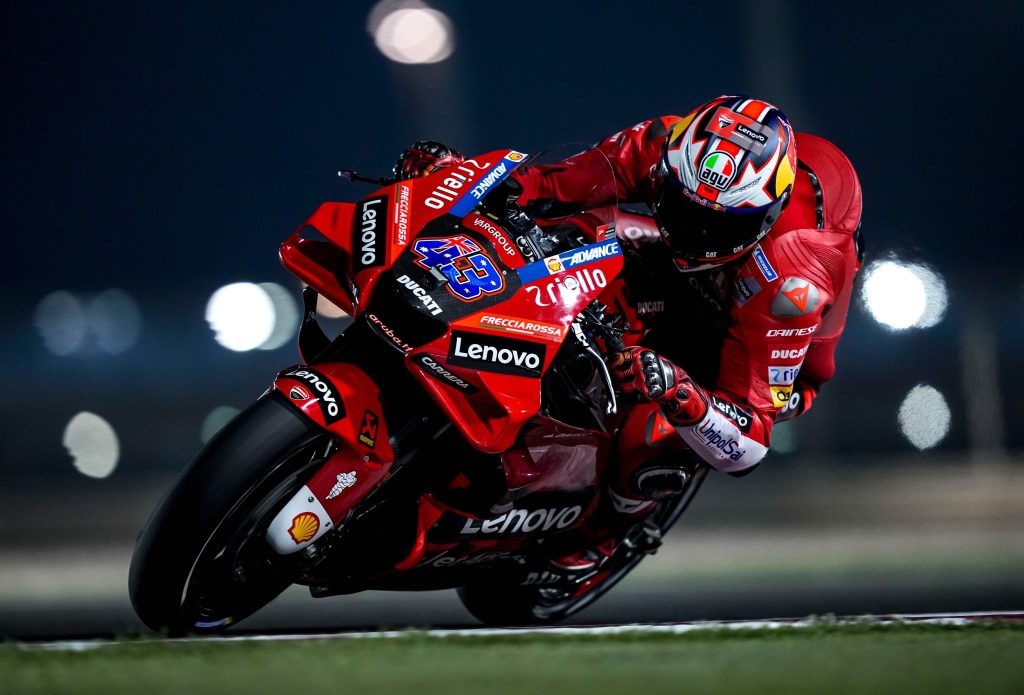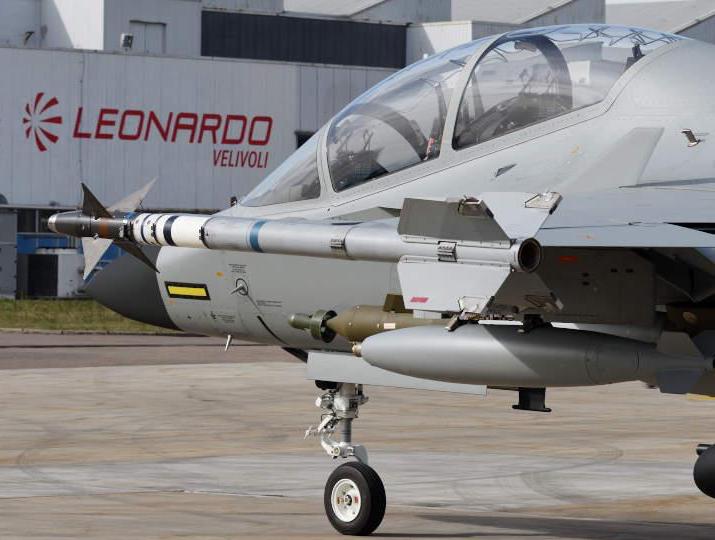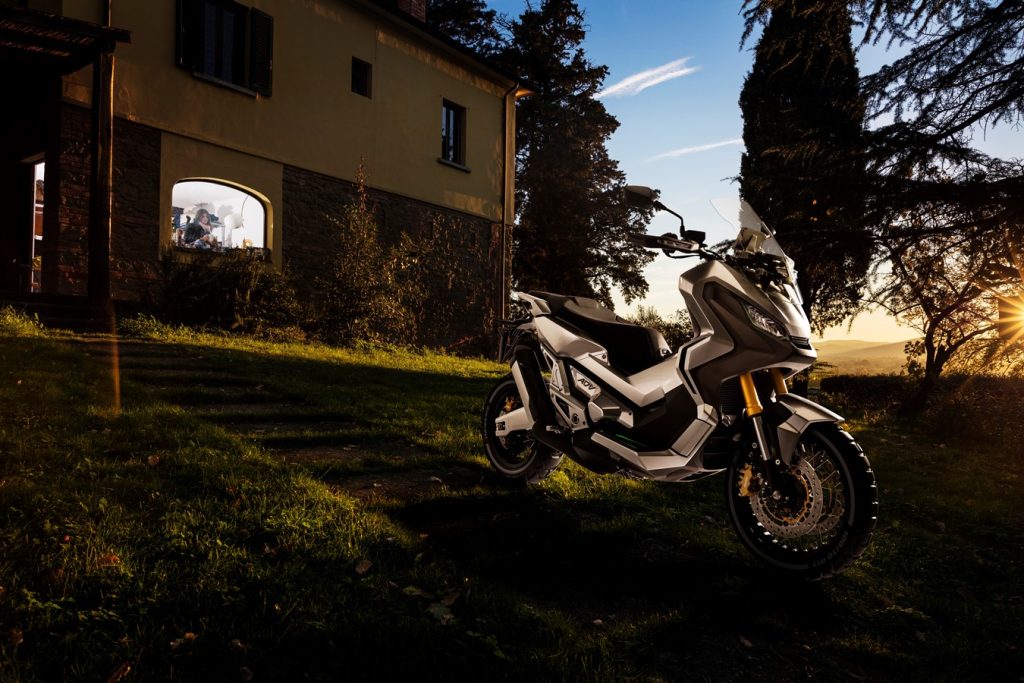High-temperature industrial-grade 3D printer manufacturer Roboze has become a technical partner of the Ducati Lenovo MotoGP team.
In this role, ahead of the 2022 season, Roboze worked with the Italian outfit (also known as Ducati Corse), to help develop sections of fairing as well as heat shielding for its Desmosedici GP motorbike. In doing so, the firm enabled the quality and lead times of these parts to be improved significantly, and it now intends to lend its design and production expertise to the team for the rest of the current series.
“Thanks to Roboze’s 3D printing technology for super polymers and composites, we have been able to significantly speed up the production of aerodynamic components with incredible mechanical properties.” says Riccardo Savin, Ducati Corse Vehicle Dynamics and Design Manager. “We are very happy with this technical partnership and plan to increase the use of their technology given the encouraging results obtained.”

The rise of Roboze’s ‘superpolymers’
Over the last nine years, Roboze has established a portfolio of high-temperature systems as well as its own range of ultra-rigid thermoplastics, which it dubs ‘super-polymers.’ The firm launched the most recent of these, Helios PEEK 2005, just last month. Thanks to its ceramic fiber reinforcement, the filament features the strength, stability and lightness needed to address demanding aerospace applications.
Roboze’s latest super-polymer joins its existing range of Carbon PEEK, Carbon PA, PEEK and ULTEM AM9085F materials, which it continues to optimize and deploy within new use cases. In October 2021, for instance, the company unveiled a circular economy program, designed to allow its users to recycle 3D printed parts, after introducing its Roboze Automate process-streamlining system earlier in the year.
These ongoing investments in its portfolio have seen Roboze rewarded with a growing list of partners and applications, as its technologies continue to meet fresh engineering challenges. Often, the high strength and thermal stability of parts produced via its systems and polymers, have made them ideal for addressing the needs of aerospace firms, with the likes of Leonardo adopting Roboze 3D printing.
Similarly, in April last year, students at the University of Colorado Boulder worked with the company to build cosmic storm-monitoring CubeSats. Utilizing Roboze 3D printing, the team there found they were able to optimize their satellite’s design, and create elements of its magnetic field sensors, while making them strong enough to withstand the rigors of space.

Developing Ducati’s Desmosedici GP
For Roboze, motorsport has always had a special charm, and the firm reserves particular praise for the “worldwide technological innovation” it continues to spur in the manufacturing community. When it comes to MotoGP, meanwhile, every few hundredths of a second can be the difference between victory and defeat, hence each team is forensic in refining their bikes’ setups for reaching peak performance.
As a developer of technologies with the potential to not only address prototyping but end-use applications, through the creation of parts made from robust, lightweight and heat resistant materials like PEEK, Carbon PEEK, ULTEM and Carbon PA, Roboze has a huge amount of know-how when it comes to material science and mechatronics.
Now, through its technical partnership with the Ducati Corse team, the firm has gained an opportunity to put this proficiency to the test, in the high-octane world of MotoGP. During the period of more than a year it has worked with the Italian outfit’s crew, Roboze has deployed its composite and high-performance polymer expertise to develop performance-optimized exterior panels for the Desmosedici GP.
Specifically, Roboze says that Ducati Corse deployed its technologies during the “delicate test phases” of the motorbike’s part production, including sections of its fairing in addition to its heat shields. For those uninitiated in the world of racing bikes, the former is essentially a set of strategically-placed panels which often manipulate airflow, in a way that leads to improved grip and reduced lap times.
Having successfully contributed to the Desmosedici GP’s build, and with the 2022 MotoGP season now underway, Roboze is set to continue working with the team for the rest of the series, supporting the production of finished components, as well as helping design complex models, reduce assemblies and integrate new functions into the bike’s parts.
“We are constantly working to increase the performance of our super materials and the speed of our 3D printers,” adds Alessio Lorusso, CEO of Roboze. “Supporting Ducati Corse in MotoGP makes us really proud. Working side by side with Ducati Corse technicians has allowed us to learn their needs very well. We are now ready to give our best and support them to achieve important results together.”

AM’s motorbike-production pedigree
It may not be the most prominent of 3D printing applications, but the technology has actually been applied numerous times within the R&D of consumer and racing bikes alike. In April 2021, it was revealed that working with WASP, Honda has begun 3D printing motorbike prototypes, in a way which accelerates their production, while still allowing for them to be hand-finished and retain a high level of quality.
In the world of off-road motorbiking, BCN3D has also previously worked with the Elisava Racing Team to 3D print end-use parts of its all-electric mountain rescue motorcycle. Nicknamed ‘DAYNA,’ the motorbike features 19 additive manufactured components, and is specifically designed for mountain rescue operations in hostile environments.
Elsewhere, in terms of on-track applications, CRP Technology has continually supported the Energica electric motorbike manufacturer as well. Working as Energica’s technology partner, the firm has not only supported the build of its MotoE World Cup motorbike, but 3D printed parts of the Energica Ego street-legal motorcycle and the Bolid-E racing bike too.
To stay up to date with the latest 3D printing news, don’t forget to subscribe to the 3D Printing Industry newsletter or follow us on Twitter or liking our page on Facebook.
For a deeper dive into additive manufacturing, you can now subscribe to our Youtube channel, featuring discussion, debriefs, and shots of 3D printing in-action.
Are you looking for a job in the additive manufacturing industry? Visit 3D Printing Jobs for a selection of roles in the industry.
Featured image shows Ducati Corse’s Jack Miller riding the team’s 2022 MotoGP challenger. Photo via Ducati Corse.


